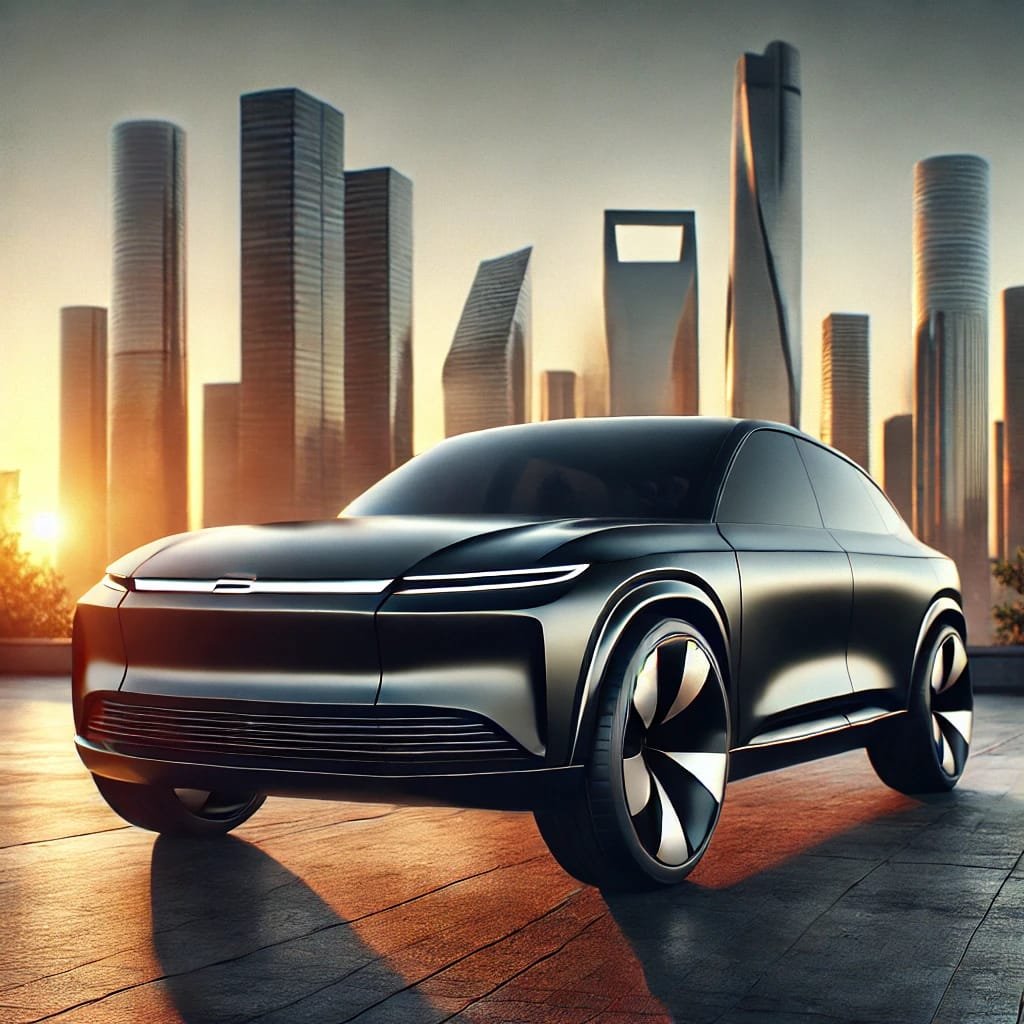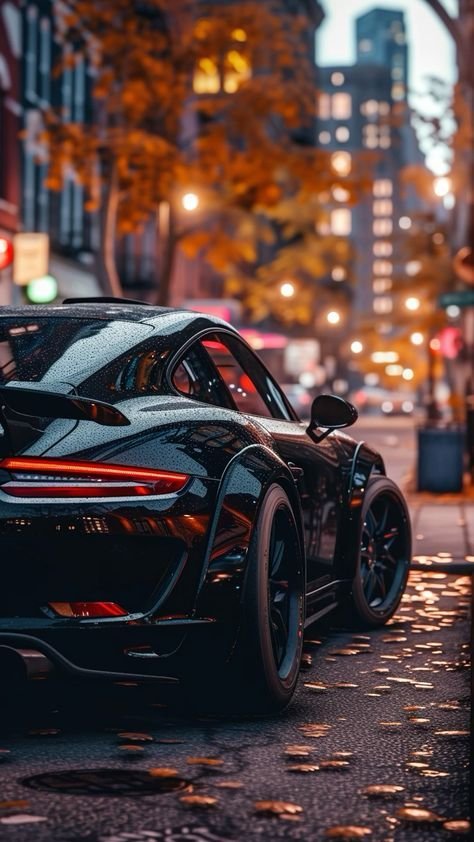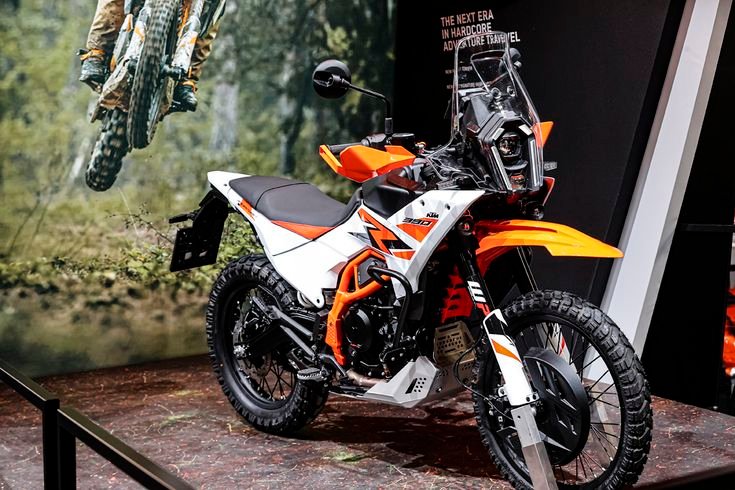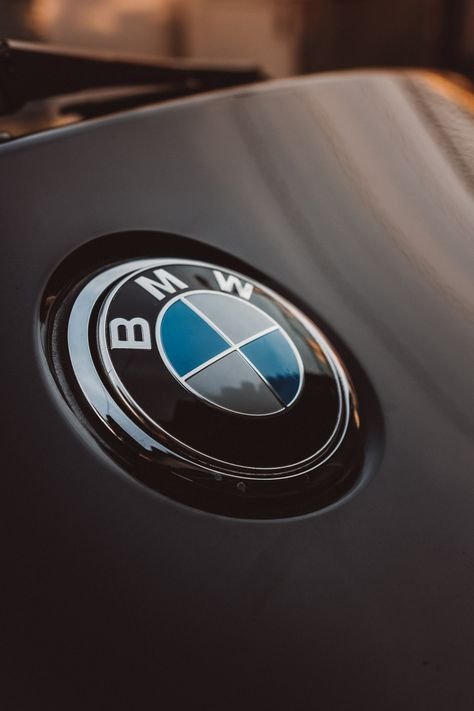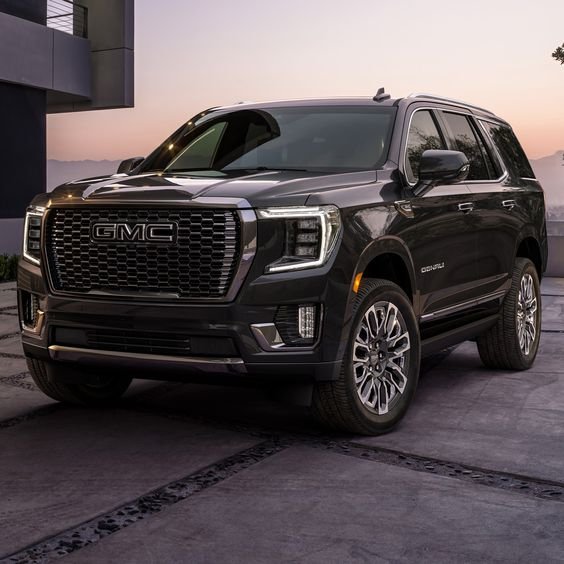
The global automotive market is rapidly evolving, with electric vehicles (EVs) and hybrids increasingly dominating the conversation. Among the key players pushing the boundaries of innovation and value in this space is BYD (Build Your Dreams), a Chinese automotive giant that has gained significant attention for its electric vehicles. However, BYD is not just focusing on fully electric cars; its latest offering, the Sealion 6 plug-in hybrid, is making waves in the market by undercutting rivals like Toyota and Mitsubishi with sharp pricing and compelling value.
This article delves into the specifics of the BYD Sealion 6, exploring its features, pricing strategy, and how it stacks up against established competitors in the midsize SUV segment.
The Rise of BYD in the Global Market
Before diving into the Sealion 6, it’s essential to understand the context of BYD’s rise in the automotive world. Founded in 1995, BYD initially focused on rechargeable batteries before expanding into the automotive sector. Over the years, the company has become a leading player in the electric vehicle market, particularly in China. BYD’s strategy has been characterized by vertical integration, allowing it to produce key components, such as batteries, in-house, giving it a significant cost advantage over competitors.
BYD’s entry into the Australian market, facilitated by its local distributor EV Direct, initially focused on fully electric vehicles. However, recognizing the ongoing popularity of hybrids as a transitional technology, BYD introduced the Sealion 6 plug-in hybrid, a move that has the potential to shake up the midsize SUV segment.
The BYD Sealion 6: Features and Pricing
The BYD Sealion 6 is a midsize plug-in hybrid SUV that offers a blend of electric efficiency and traditional petrol power. Available in two variants—the Dynamic front-wheel-drive and the Premium all-wheel-drive—the Sealion 6 is aggressively priced to challenge established rivals.
- Price:
- Dynamic FWD: $48,990 (before on-road costs)
- Premium AWD: $52,990 (before on-road costs)
These prices undercut popular competitors such as the Toyota RAV4 Cruiser Hybrid and the Mitsubishi Outlander PHEV by significant margins, making the Sealion 6 an attractive option for budget-conscious buyers looking for value without compromising on features.
Spectacular Value for Money
One of the most compelling aspects of the Sealion 6 is its value proposition. Despite being priced lower than many of its rivals, the Sealion 6 offers a host of features that are typically found in more expensive vehicles. Some of the standout features include:
- Hybrid Powertrain: The Sealion 6 is equipped with a 1.5-liter non-turbo petrol engine paired with an electric motor, delivering a combined output of 160kW/300Nm in the Dynamic variant and 238kW/550Nm in the Premium variant. This setup allows for a total fuel range of over 1500km, with an all-electric range of 80km, making it ideal for both city driving and long road trips.
- Interior Comfort: The Sealion 6 boasts a spacious and comfortable interior with high-quality materials. The cabin features a 15.6-inch power-rotating touchscreen, digital instrument cluster, wireless Apple CarPlay and Android Auto, and a 10-speaker Infinity stereo system. The front seats are heated and cooled, adding to the overall comfort of the driving experience.
- Advanced Safety Tech: The Sealion 6 comes equipped with a suite of safety features, including adaptive cruise control, blind-spot monitoring, lane-keeping assist, and a 360-degree parking camera. While some of the safety tech is overly sensitive, it still contributes to a safer driving experience.
The Hybrid Advantage
As a plug-in hybrid (PHEV), the Sealion 6 offers a unique advantage over traditional hybrids. It can be driven purely on electric power for a considerable distance—80km in real-world conditions—making it ideal for daily commutes without the need to rely on petrol. Additionally, even when not charged, the Sealion 6’s hybrid system is remarkably fuel-efficient, thanks to thoughtful software tuning that optimizes the balance between electric and petrol power.
This efficiency makes the Sealion 6 particularly appealing to novated leasing customers in Australia, as PHEVs purchased before mid-2025 are exempt from fringe benefits tax, further enhancing its value proposition.
Driving Dynamics and Comfort
The BYD Sealion 6 is not designed to be a sporty SUV, but it excels in providing a comfortable and smooth driving experience. The vehicle’s suspension is tuned for comfort, making it well-suited for city driving and long highway journeys. The ride quality is further enhanced by the 19-inch alloy wheels and cushioned damping, which help absorb road imperfections.
While the Sealion 6’s handling is capable and unremarkable, it doesn’t aim to be the best-driving SUV in its class. Instead, it focuses on offering a balanced and comfortable driving experience that will appeal to a broad range of buyers.
Interior Design and Technology
The interior of the Sealion 6 is functional and comfortable, with a design that prioritizes practicality. However, some of the color choices, particularly in the Dynamic model’s black-and-tan interior, may not appeal to all buyers. The Premium AWD variant offers a grey-blue two-tone option, but an all-black interior, which is popular in Australia, is not available.
Despite the polarizing interior colors, the Sealion 6’s cabin is well-equipped with modern technology. The 15.6-inch rotating touchscreen is a highlight, offering crisp visuals and easy access to the vehicle’s infotainment system. The touchscreen integrates wireless Apple CarPlay and Android Auto, though one drawback is that climate controls disappear when CarPlay is activated—a minor inconvenience in an otherwise well-thought-out system.
The Sealion 6’s interior also includes a digital instrument cluster, though it feels somewhat dated compared to the rest of the vehicle. The fonts and graphics could benefit from an update to match the overall quality of the cabin.
The BYD Sealion 6 vs. Competitors
The Sealion 6’s aggressive pricing puts it in direct competition with several well-known midsize SUVs in the Australian market, particularly those with hybrid powertrains. Let’s compare the Sealion 6 with some of its key rivals:
- Mitsubishi Outlander PHEV: The Outlander PHEV Exceed Tourer AWD is priced at $71,790 before on-road costs, making it significantly more expensive than the Sealion 6. While the Outlander offers a seven-seat configuration and a more established brand reputation, the Sealion 6 provides better value for money, especially in terms of standard features and driving range.
- Toyota RAV4 Cruiser Hybrid: The RAV4 is one of the most popular hybrid SUVs in Australia, but its pricing starts at $54,410 before on-road costs for the AWD variant. The Sealion 6 undercuts the RAV4 by over $2400 while offering a higher-spec interior and a longer electric range.
- Kia Sportage Hybrid: The Kia Sportage Hybrid GT-Line FWD is priced at $55,420 before on-road costs, placing it above the Sealion 6 in terms of cost. While the Sportage offers a well-rounded package, the Sealion 6’s combination of features, range, and pricing makes it a formidable competitor.
- Hyundai Tucson Hybrid: The Hyundai Tucson Premium Hybrid AWD is priced at $61,100 before on-road costs, making it one of the more expensive options in this segment. The Sealion 6 offers a similar level of equipment at a significantly lower price, making it an attractive alternative for buyers looking to save on upfront costs.
Potential Drawbacks of the Sealion 6
While the BYD Sealion 6 offers tremendous value, it’s not without its shortcomings. Some of the potential drawbacks include:
- Weak Underlying Engine: The non-turbocharged 1.5-liter petrol engine in the Dynamic variant produces just 72kW/122Nm, which is relatively low for a vehicle of this size. However, the electric motor compensates for this weakness in most driving situations, so it’s not a deal-breaker for most buyers.
- Oversensitive Safety Tech: The Sealion 6’s safety systems, particularly the lane-keeping assist, can be overly sensitive and intrusive. While these features are intended to enhance safety, they may require fine-tuning to avoid unnecessary interventions during normal driving.
- Polarizing Interior Colors: The interior color options in the Sealion 6 may not appeal to all buyers. The lack of an all-black interior option, which is popular in Australia, could be a turn-off for some.
- Shorter Warranty: The Sealion 6 comes with a six-year/150,000km vehicle warranty and an eight-year/160,000km high-voltage battery warranty. While this is competitive, some rivals offer longer warranties, which could be a consideration for buyers concerned about long-term reliability.
- Untested Longevity: As a relatively new entrant to the Australian market, BYD’s long-term reliability and resale value remain unknown. Potential buyers may be cautious until the brand establishes a track record in the region.
- No All-Electric Model (Yet): While the Sealion 6 is an excellent plug-in hybrid, some buyers may prefer an all-electric option. BYD is planning to launch a fully electric version of the Sealion 6 in Australia, but it’s not yet available.
Final Verdict: A Compelling Choice for Value-Conscious Buyers
The BYD Sealion 6 plug-in hybrid is a remarkable entry in the midsize SUV segment, offering a compelling combination of features, range, and pricing. By undercutting established rivals like Toyota and Mitsubishi, BYD has positioned the Sealion 6 as a serious contender in the Australian market.
For buyers seeking a practical, well-equipped, and efficient SUV that doesn’t break the bank, the Sealion 6 is an excellent choice. While it may not have the brand recognition of some of its competitors, its value proposition is hard to ignore.
As BYD continues to expand its presence in Australia and other global markets, the Sealion 6 could pave the way for more competitive and affordable hybrid and electric vehicles, benefiting consumers and driving innovation in the automotive industry.
ALSO READ: Hyundai and Kia Recieve Credit Rating Boosts

